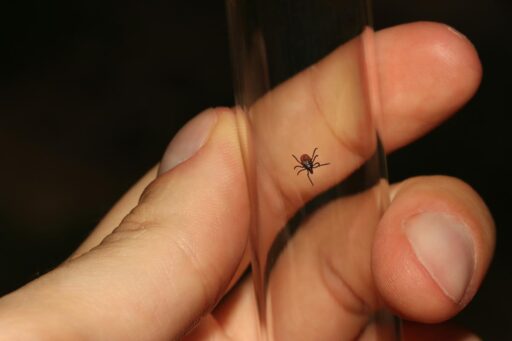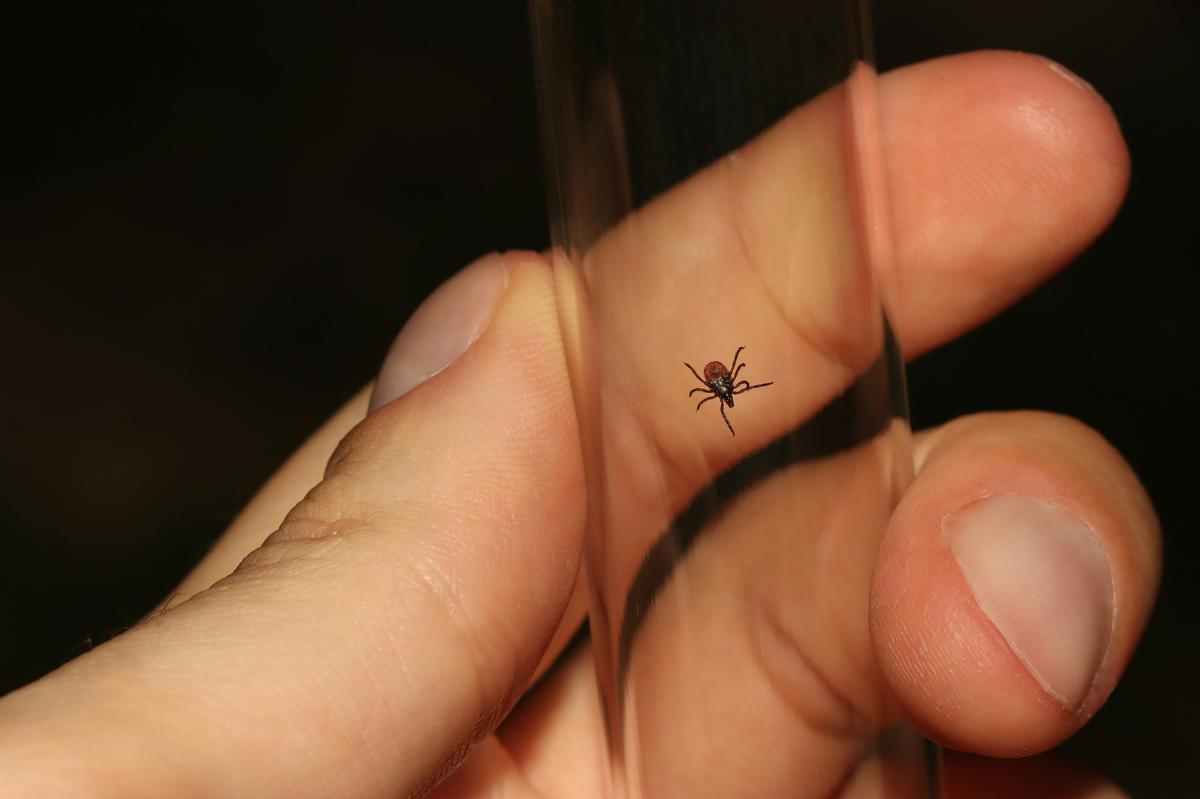Could Your Kid Have Lyme Disease? Here’s What to Watch For
Healthy’s Summary
Lyme disease doesn’t always show up with a clear warning sign. While some kids develop the classic bullseye-shaped rash, others may just feel unusually tired or cranky, have a low-grade fever, or complain of a sore knee out of nowhere. It often starts a few days or weeks after a tick bite—if anyone even noticed the bite to begin with.
The early symptoms can be subtle and are easily mistaken for common childhood issues like the flu, a virus, or even growing pains. If left untreated, though, Lyme disease can progress and start affecting things like your child’s joints, nervous system, or even their ability to focus or sleep well.
As with many health issues, how Lyme shows up can depend on your child’s age, immune system, outdoor exposure, and even where you live or traveled recently. Always contact a provider with any new or worsening symptoms.
Lyme Disease in Kids: A Growing Concern
If you’re picturing a big angry rash or a dramatic reaction after a tick bite, that’s not always how it goes. Lyme disease symptoms in children can be a lot more subtle—and that’s part of what makes it tricky. While some kids do develop the telltale red ring that spreads outward—kind of like a bullseye—others don’t get any rash at all. And even when the rash is there, it might appear in a spot that’s easy to miss, like the scalp or behind the knee.
Instead, the first thing parents often notice is just that something seems off. Maybe their child is extra tired. Or maybe they have a slight fever and a mild headache that just won’t go away. Some kids complain about sore muscles or joint aches, especially in the knees. Others just get irritable—for no clear reason. Swollen lymph nodes can also pop up early on, along with general flu-like symptoms. That’s usually the body’s first round of defense kicking in.
How Lyme Can Change Over Time
Now, here’s where things can get a little more serious. If Lyme isn’t treated early, it can start to spread deeper into the body. You might see more dramatic signs like weakness in the face (that’s facial palsy), swelling in the joints that makes it hard to walk or play, or what some parents describe as “brain fog”—where their kid just doesn’t seem like themselves anymore.
Some children have trouble sleeping or start waking up with night terrors—both of which are lesser-known Lyme disease symptoms in children. Others become dizzy or complain that their heart feels like it’s racing. These symptoms can take weeks or even months to develop, which makes tracking down the cause even more frustrating.
According to the CDC, these later-stage symptoms can indicate the bacteria has moved into the nervous system or joints. That’s why early diagnosis is so important—it makes treatment easier and recovery smoother.
If you’re wondering what the full list of Lyme symptoms actually looks like—especially the ones that are easier to miss—we’ve broken it down in more detail here: Lyme Disease Symptoms: What Should You Look For? It’s a helpful guide whether you’re in detective mode for your child or just trying to stay ahead of it for the summer.
But We Never Saw a Tick…
That’s super common. Ticks can be tiny—like, poppy-seed tiny—and they often go unnoticed. Especially in areas with tall grass, wooded trails, or even just the backyard, ticks can latch on and drop off before anyone spots them. Some parents only realize something’s wrong weeks later when their child starts acting “off” or develops a strange rash.
The real trick is thinking back: Did your kid go camping recently? Play in the woods? Roll around in the leaves at Grandma’s house upstate? Lyme is more common in certain parts of the U.S., like the Northeast, upper Midwest, and parts of the West Coast, but cases can show up just about anywhere ticks live.
So even if no one remembers a bite, it’s worth considering Lyme if your child shows multiple Lyme disease symptoms in children and was in a place where ticks are active—especially during the warmer months.
Ask Healthy
What Happens at the Doctor’s Office?
If your pediatrician suspects Lyme, they’ll usually start by asking about recent travel, time spent outdoors, and whether you noticed a rash or bite. Depending on timing, they might order a blood test. But here’s the thing—those tests don’t always catch Lyme right away. Antibodies can take a couple of weeks to show up, so doctors often rely on symptoms and context to decide whether to treat.
Treatment usually involves antibiotics, most commonly amoxicillin or doxycycline depending on your child’s age. The good news? When caught early, most children respond really well and recover fully within a few weeks. That said, some may need longer follow-up, especially if the infection had time to spread or if symptoms linger after treatment ends.
A Few Ways to Stay Ahead of It
Now, if you’re in prevention mode (and let’s be honest, every parent wants to be), there are a few habits that can go a long way. Tick checks are a big one—after hikes, playground time in wooded areas, or even afternoons in overgrown grassy yards, it’s smart to do a full scan. That means checking behind ears, around the waistline, in the hair, under arms, and around sock lines.
Wearing long sleeves and pants helps too, especially in tick-heavy zones. And if your kids are running wild outdoors, insect repellents with DEET or picaridin can make a big difference. Once you’re home, tossing their clothes into a hot dryer for a few minutes can kill any stowaway ticks before they cause trouble.
A Final Thought
Lyme disease is one of those tricky illnesses where early symptoms can fly under the radar. As a parent, your gut feeling counts. If your child just isn’t quite themselves, especially after time outdoors, it’s always worth contacting your doctor. With quick treatment, most kids recover without long-term effects.
Want to dig deeper?
You’re Not Crazy! Find Answers to What’s Causing Your Symptoms
Struggling to connect the dots between your symptoms and potential causes? This program empowers you to track symptoms, diet, and mood, uncovering patterns and triggers for hard-to-diagnose conditions like gut health, IBS, migraines, autoimmune diseases, and chronic fatigue. Gain clarity and create doctor-ready reports with tools designed to support your self-advocacy and health journey.
Enroll in one of Healthy’s Programs to log, track and learn more about your Health, one conversation at a time.
Learn More




